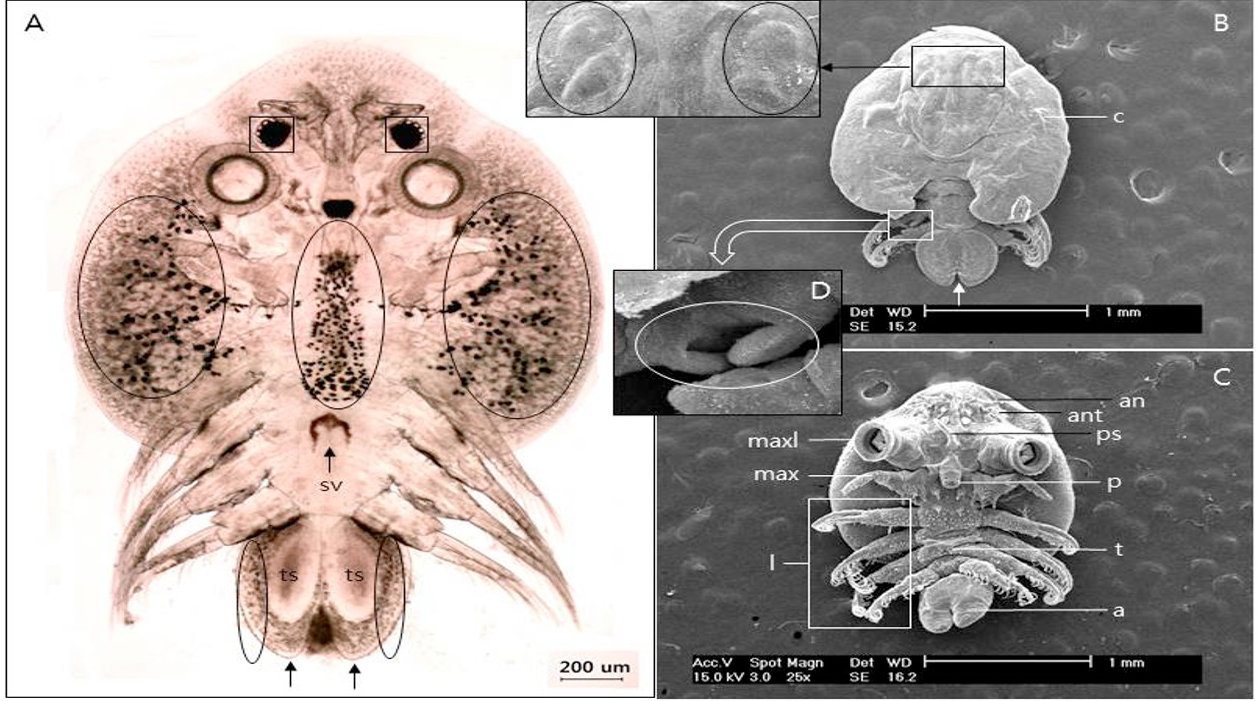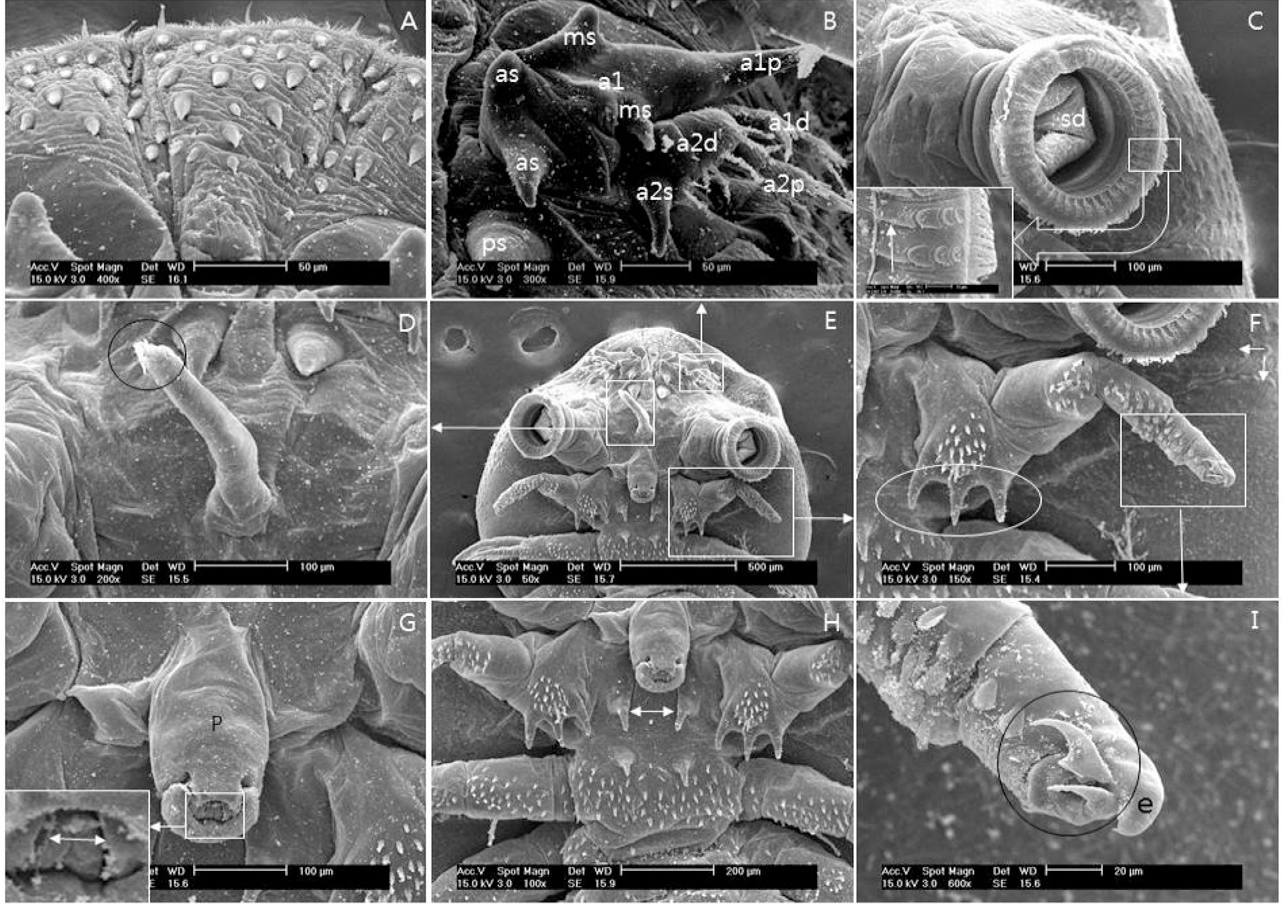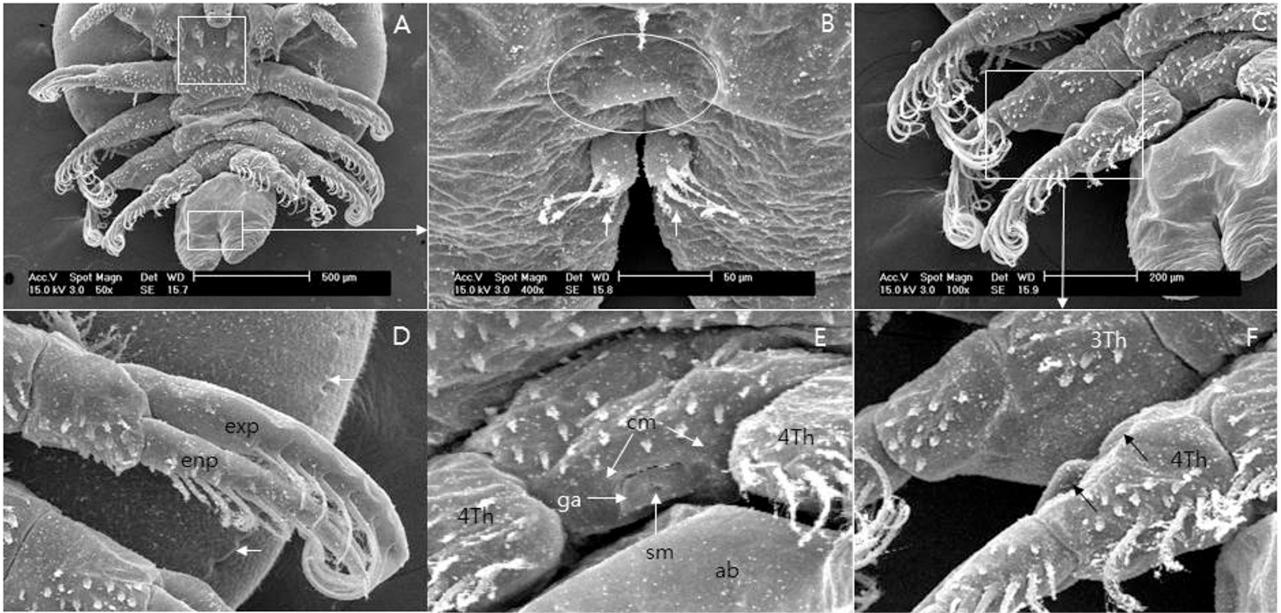Pakistan Journal of Zoology

A New Species of the Genus Otacilia
Otacilia dadongshanica sp. nov., male holotype.

Colour and Distributional Pattern of Callaspidia notata (Boyer de Fonscolombe, 1832) (Hymenoptera: Figitidae: Aspicerinae) from Pakistan
Morphology of Callaspidia notata (Boyer de Fonscolombe, 1832) female and male
Featuring
-
Evaluation of Anti-Diabetic Activity of Aqueous Extract of Gamma Irradiated Sesame Seeds
Mohamed H.M. Abd El-Megid, A.N. El shahat, A.M. Abdul Azeem and Amal A. Mansour
Pakistan J. Zool., Vol. 57, Iss. 1, pp. 73-82
-
Study of Bird Diversity in Ghamot National Park Azad Jammu and Kashmir, Pakistan
Muhammad Jahangeer, Muhammad Siddique Awan, Muhammad Altaf, Riaz Aziz Minhas and Usman Ali
Pakistan J. Zool., Vol. 57, Iss. 1, pp. 61-71
-
Tannic Acid Regulates Autophagy in the Ovary of Female Brandt’s Voles Affecting their Reproduction
Ming-Hao Yu, Ming-Hui Gu, Xin Dai, Dao-Chen Wang and Sheng-Mei Yang
Pakistan J. Zool., Vol. 57, Iss. 1, pp. 51-59
-
Sero-Epidemiology and Evaluation of First Self-Prepared Bovine Viral Diarrhea Virus Vaccine in Cattle of Punjab, Pakistan
Qurat-ul-Ain, A. Ahmad, Farhat Nazir Awan, M. Rabbani and M. Hassan Mushtaq
Pakistan J. Zool., Vol. 57, Iss. 1, pp. 41-49
Subscribe Today
Receive free updates on new articles, opportunities and benefits

© 2024 ResearchersLinks. All rights Reserved. ResearchersLinks is a member of CrossRef, CrossMark, iThenticate.









